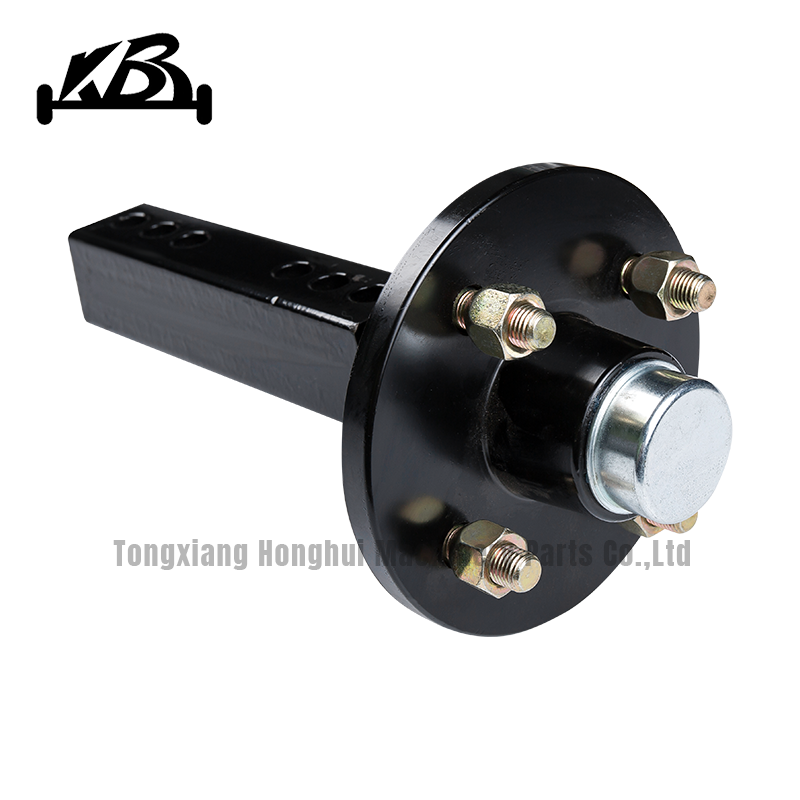A vehicle's suspension system plays a pivotal role in dictating its dynamics and handling characteristics, with two primary contenders in the automotive world: the traditional straight axle and the more modern independent suspension. Understanding how each system influences these factors is crucial for both vehicle engineers and enthusiasts alike.
Straight axles, characterized by their robust and straightforward design, have long been favored in heavy-duty applications such as trucks, SUVs, and off-road vehicles. One of their key advantages lies in their ability to handle substantial loads with durability and reliability. This is due to their solid construction, where both wheels on an axle are connected, sharing the load evenly. This inherent strength makes straight axles particularly suitable for towing and carrying heavy payloads, ensuring stability and predictable handling under load.
However, when it comes to everyday driving dynamics, straight axles can present some trade-offs. Their interconnected nature means that impacts affecting one wheel can reverberate through the entire axle, potentially compromising ride comfort. On uneven surfaces, this can translate into a rougher ride compared to vehicles equipped with independent suspension. Moreover, during cornering, straight axles tend to exhibit more body roll, as the movement of one wheel can influence the entire axle assembly. This can reduce the vehicle's ability to maintain stable contact with the road, impacting handling precision and driver confidence.

In contrast, independent suspension systems have revolutionized vehicle dynamics by allowing each wheel to move independently of the others. This enhances both ride comfort and handling agility. On paved roads, independent suspension systems provide a smoother ride, as each wheel can react separately to bumps and imperfections, minimizing the transfer of vibrations to the cabin. This isolation leads to improved comfort for passengers and less fatigue during extended drives.
Handling-wise, vehicles equipped with independent suspension typically demonstrate superior cornering ability and stability. Each wheel can maintain better contact with the road surface, reducing body roll and improving overall responsiveness. This is particularly noticeable in sportier vehicles and passenger cars where precise handling is a priority. Modern advancements in suspension technology have further refined independent systems, narrowing the performance gap between them and straight axles even in off-road scenarios.
Despite these advancements, straight axles continue to hold significant advantages in specific applications. Off-road vehicles, for instance, benefit from the ruggedness and simplicity of straight axles, which excel in providing traction and durability over challenging terrains. Their ability to articulate and maintain contact with uneven ground enhances off-road performance, making them a preferred choice for enthusiasts and professionals tackling rugged landscapes.
While straight axles offer robustness and high load-bearing capabilities, they often come at the expense of ride comfort and handling finesse, particularly in everyday driving conditions. Independent suspension systems, on the other hand, provide a smoother ride and better handling dynamics, making them ideal for passenger cars and vehicles prioritizing comfort and agility on paved roads. The choice between these suspension types ultimately depends on the specific needs of the vehicle and the intended use, balancing factors like load capacity, terrain adaptability, and driving comfort. As suspension technology continues to evolve, both systems strive to strike an optimal balance between strength, performance, and driver satisfaction in the diverse landscape of automotive design and engineering.



 中文简体
中文简体













